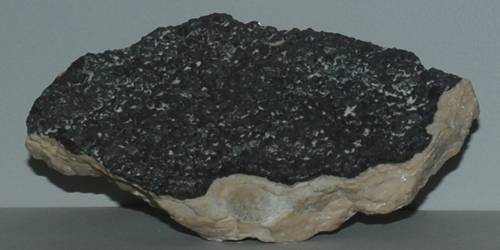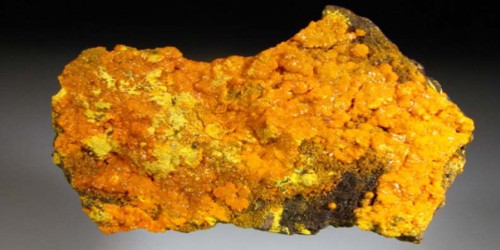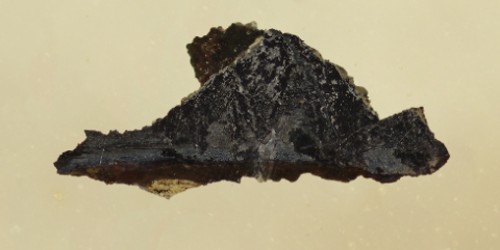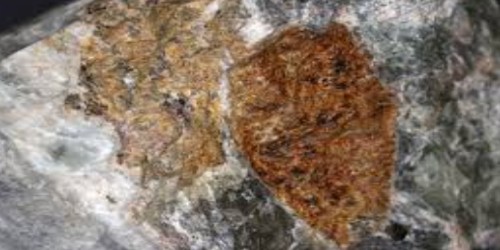Clausthalite is a lead selenide mineral, PbSe. It forms a solid solution series with galena PbS. is a member of the Galena Group of minerals. Its properties are very similar to Galena as it shares basically the same structure.
It is a rare mineral, lead selenide, occurring in grayish, granular crystals that have a metallic luster. It was first described in 1832 and named for the discovery locality of Clausthal-Zellerfeld in the Harz Mountains, Germany.
General Information
- Category: Selenide mineral
- Formula: PbSe
- Crystal system: Isometric
- Crystal class: Hexoctahedral (m3m)
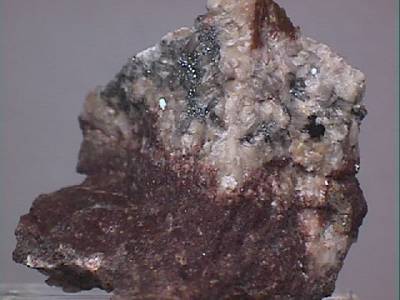
Properties
It is a mineral consisting of lead selenide PbSe and resembling galena in appearance (specific gravity 7.6–8.8)
- Color: Bluish gray to lead-gray
- Crystal habit: Massive to granular with euhedral crystals
- Mohs scale hardness: 2.5
- Luster: Metallic
- Streak: grayish black
- Diaphaneity: opaque
- Specific gravity: 7.6 – 8.8
Occurrence
It occurs in low-sulfur hydrothermal deposits with other selenides and in mercury deposits. It is associated with tiemannite, klockmannite, berzelianite, umangite, gold, stibiopalladinite, and uraninite.
Association: Tiemannite, klockmannite, berzelianite, umangite, gold, stibiopalladinite, uraninite.
Information Source:
